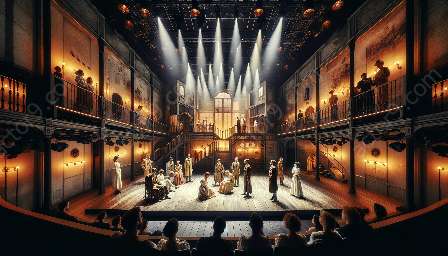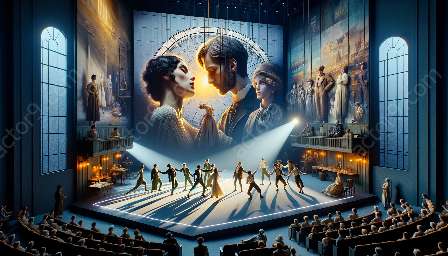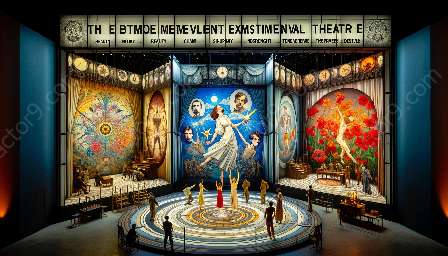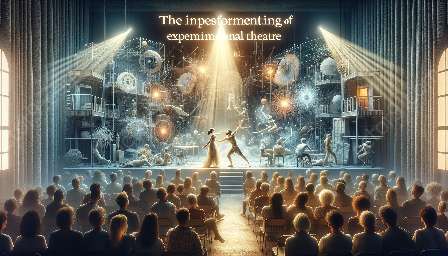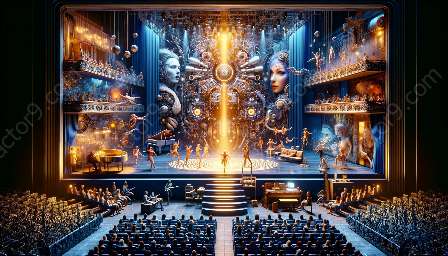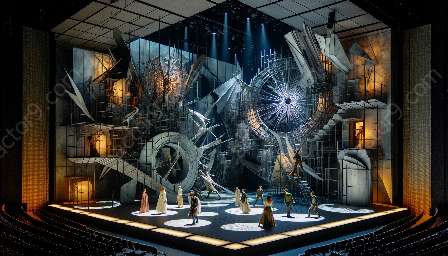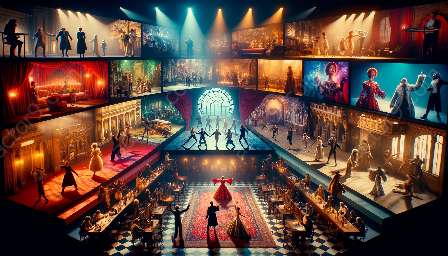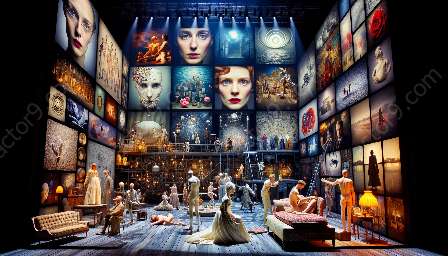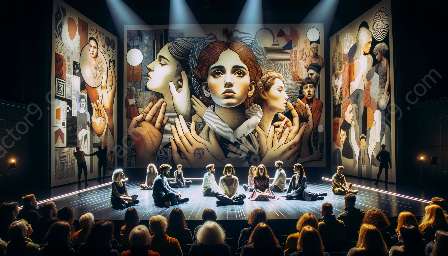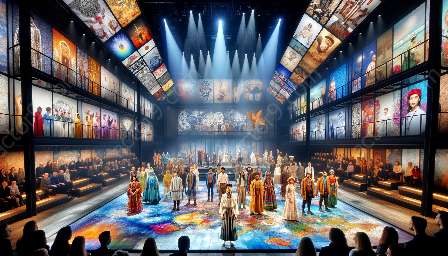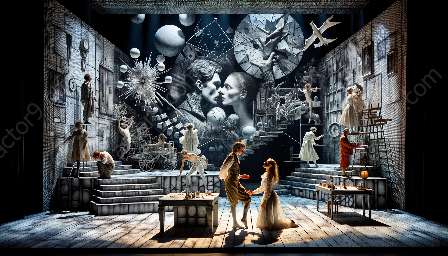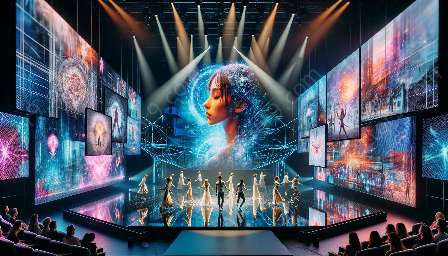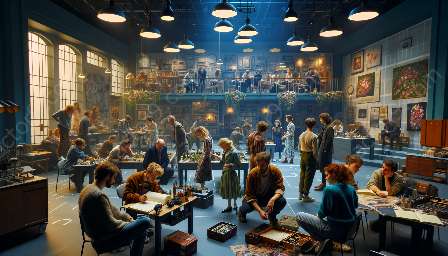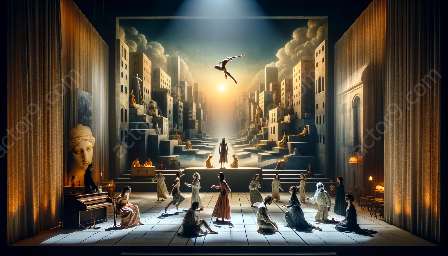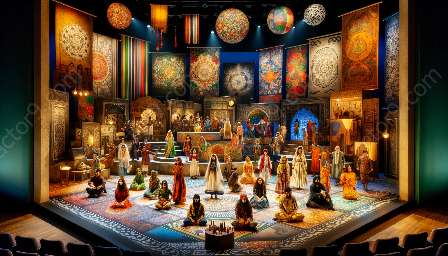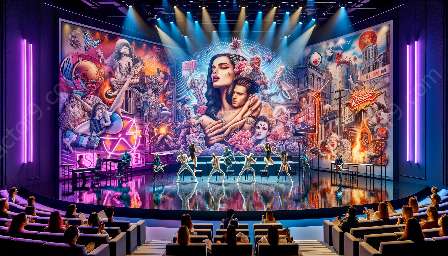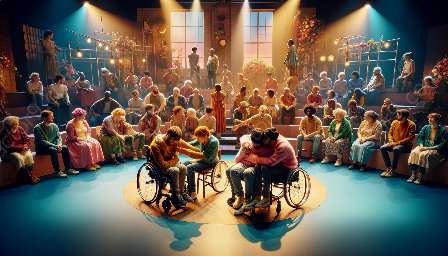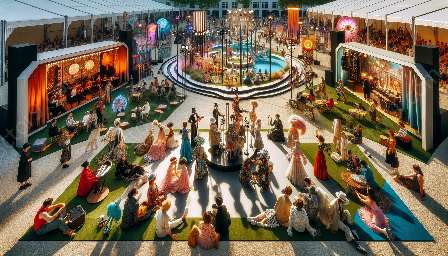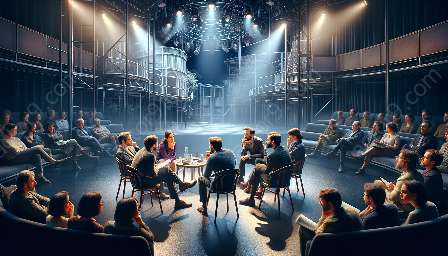Storytelling and performance have long been essential elements of human cultural expression, offering a powerful means of communication and preservation of traditions. In recent years, the evolution of experimental forms of storytelling and performance has brought about exciting new possibilities and challenges in the field of theater and cultural representation. This article will delve into the intersection of experimental theatre, cultural representation, and innovative storytelling and performance techniques.
Experimental Theatre and Cultural Representation
Experimental theatre has been a catalyst for redefining cultural representation on stage. It goes beyond conventional narratives and characterizations, seeking to challenge established norms and push the boundaries of representation. Through experimental theatre, artists have the opportunity to explore diverse cultural perspectives, challenge stereotypes, and create inclusive spaces for underrepresented voices.
Impact of Experimental Theatre on Cultural Representation
By embracing experimental forms of storytelling and performance, theater practitioners have the opportunity to authentically represent diverse cultural experiences. This approach allows for the exploration of alternative narratives and the incorporation of unconventional storytelling techniques that reflect the complexity and richness of diverse cultures. Through experimentation, theater becomes a platform for amplifying marginalized voices and shedding light on often overlooked cultural stories.
Innovative Storytelling and Performance Techniques
The evolution of experimental forms of storytelling and performance has paved the way for the emergence of innovative techniques that challenge traditional theatrical conventions. These techniques include immersive storytelling, non-linear narratives, multimedia integration, audience interaction, and site-specific performances, among others. The use of these innovative approaches expands the possibilities of storytelling and performance, blurring the lines between reality and fiction and engaging audiences in unique and thought-provoking experiences.
Exploring New Dimensions of Storytelling
Experimental forms of storytelling and performance offer artists the freedom to explore new dimensions of storytelling, moving beyond linear, cause-and-effect narratives. This approach invites audiences to engage with the narrative in non-traditional ways, opening up possibilities for subjective interpretation and emotional connection. Through experimental techniques, storytelling becomes a dynamic and immersive experience, challenging audiences to question, reflect, and participate in the narrative construction.
Challenges and Opportunities
While experimental forms of storytelling and performance present exciting opportunities for artistic innovation, they also pose unique challenges. Artists and performers must navigate the balance between experimentation and coherency, ensuring that the narrative remains engaging and accessible to audiences. Additionally, the exploration of sensitive cultural themes requires a nuanced approach to avoid falling into the trap of cultural appropriation or misrepresentation.
Fostering Dialogue and Reflection
Experimental storytelling and performance offer a platform for fostering dialogue and reflection on complex cultural issues. By pushing the boundaries of traditional storytelling, artists can prompt viewers to reexamine their preconceptions and engage in critical conversations about cultural representation, identity, and social dynamics. Through thought-provoking performances, experimental theater becomes a catalyst for empathy, understanding, and social change.

